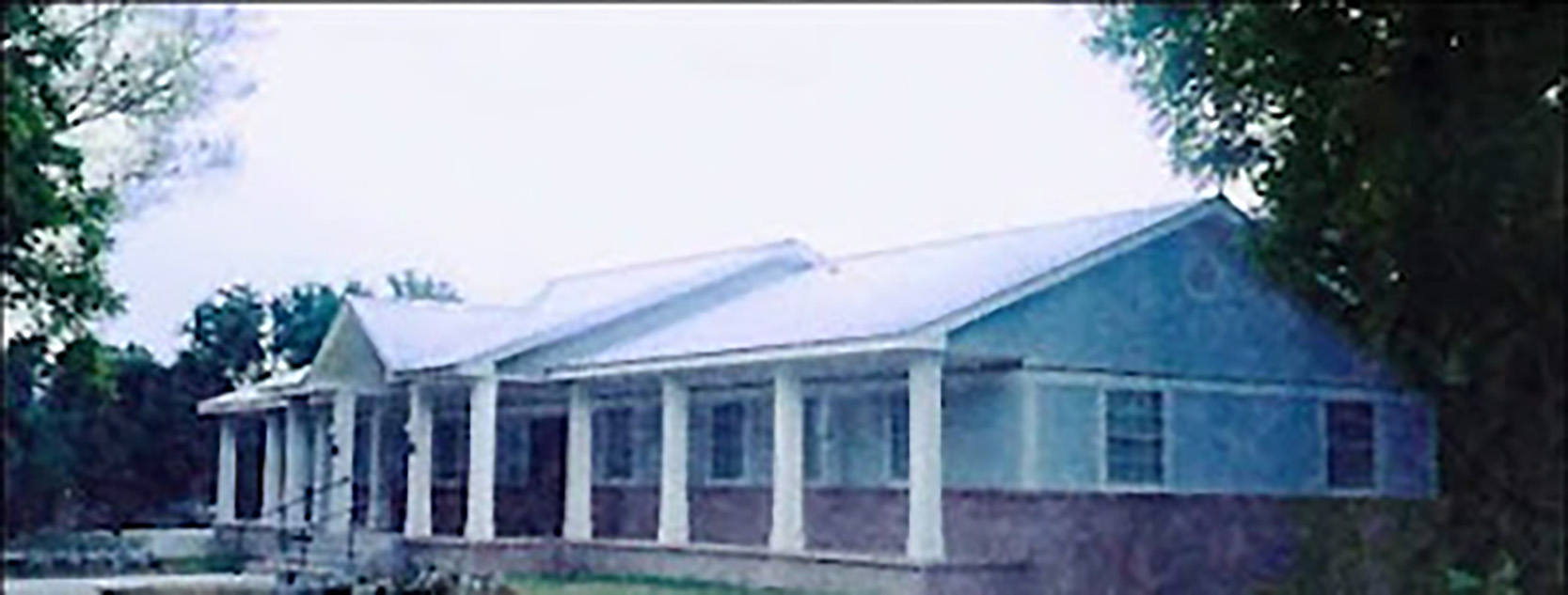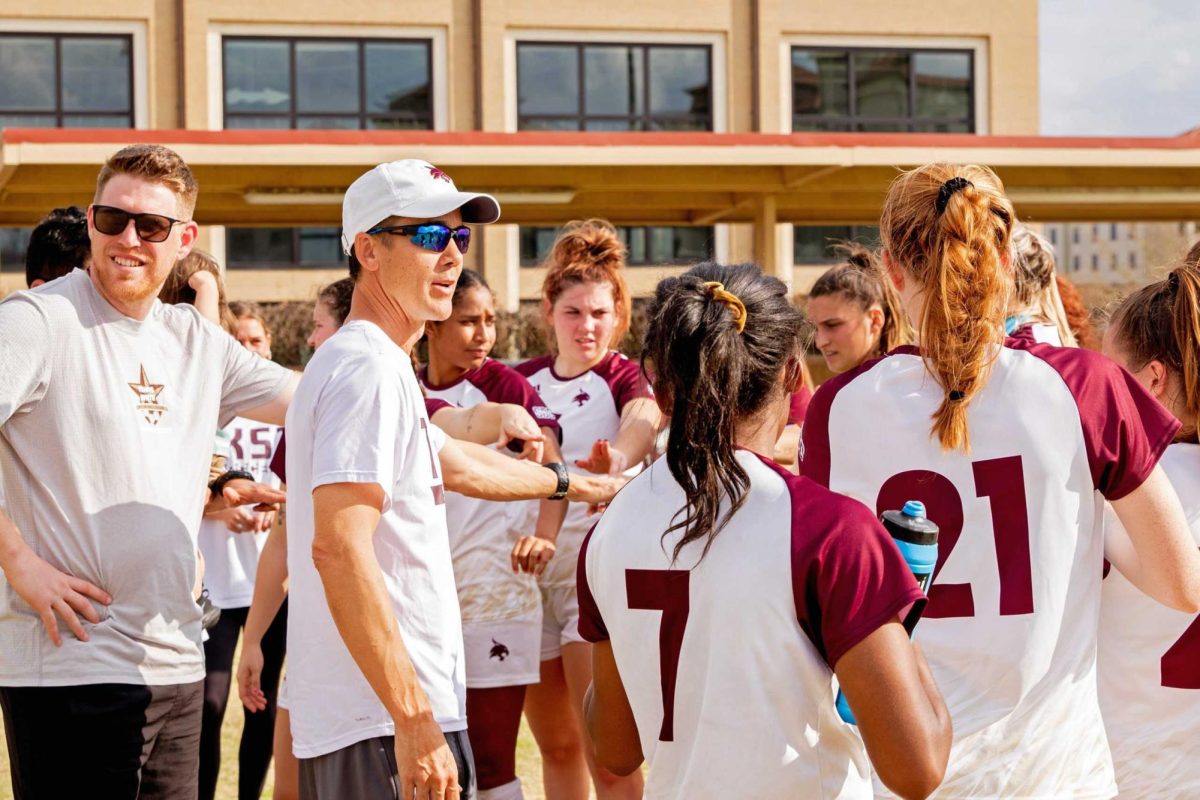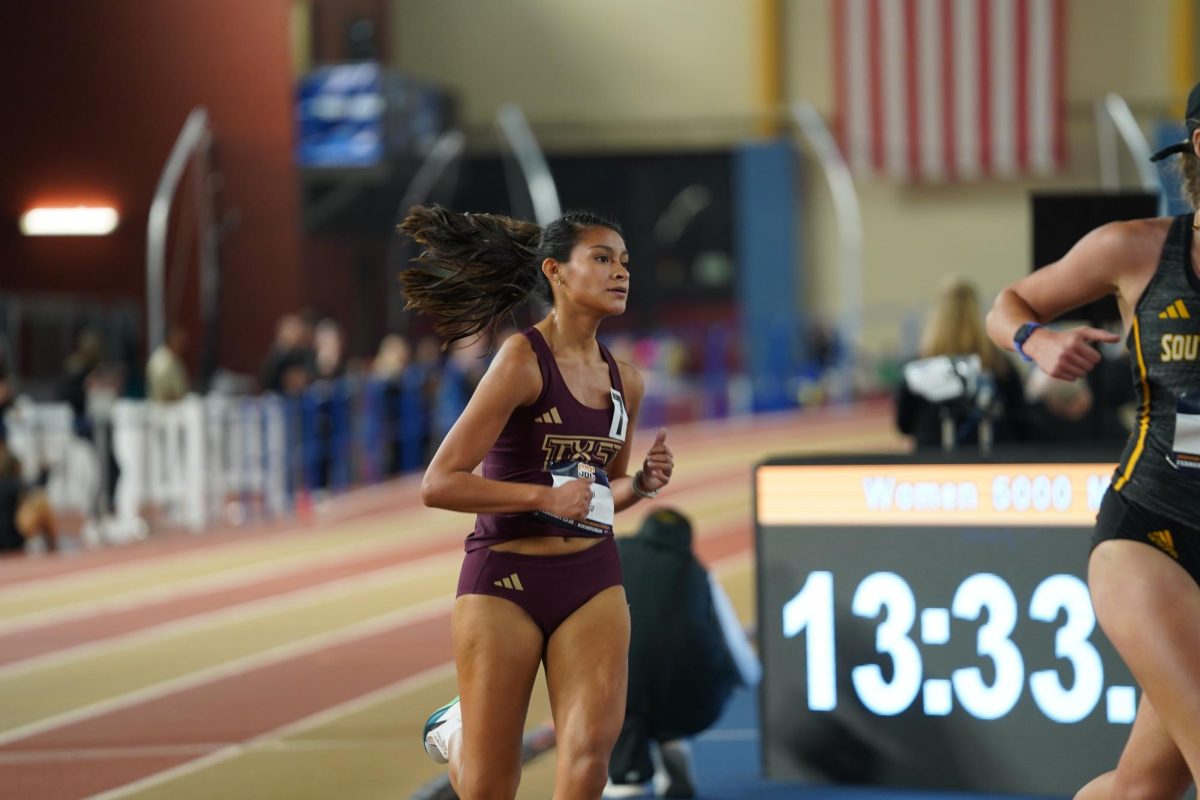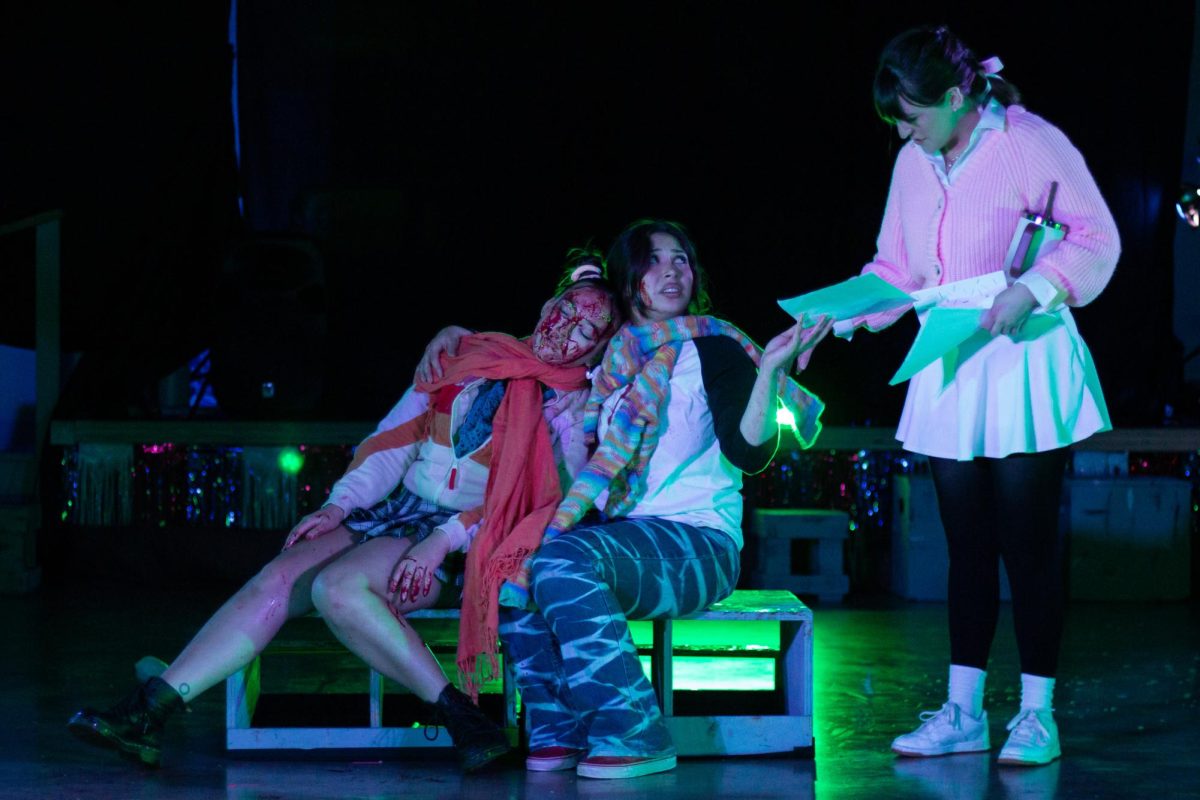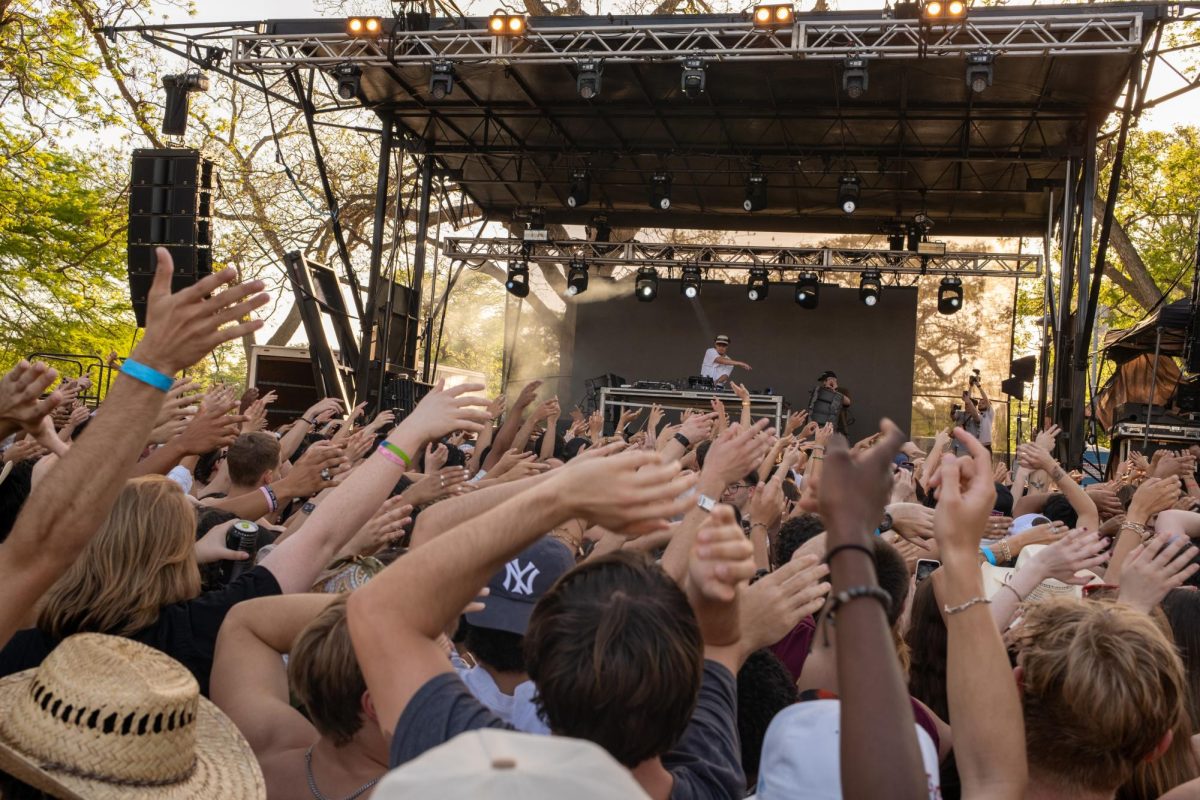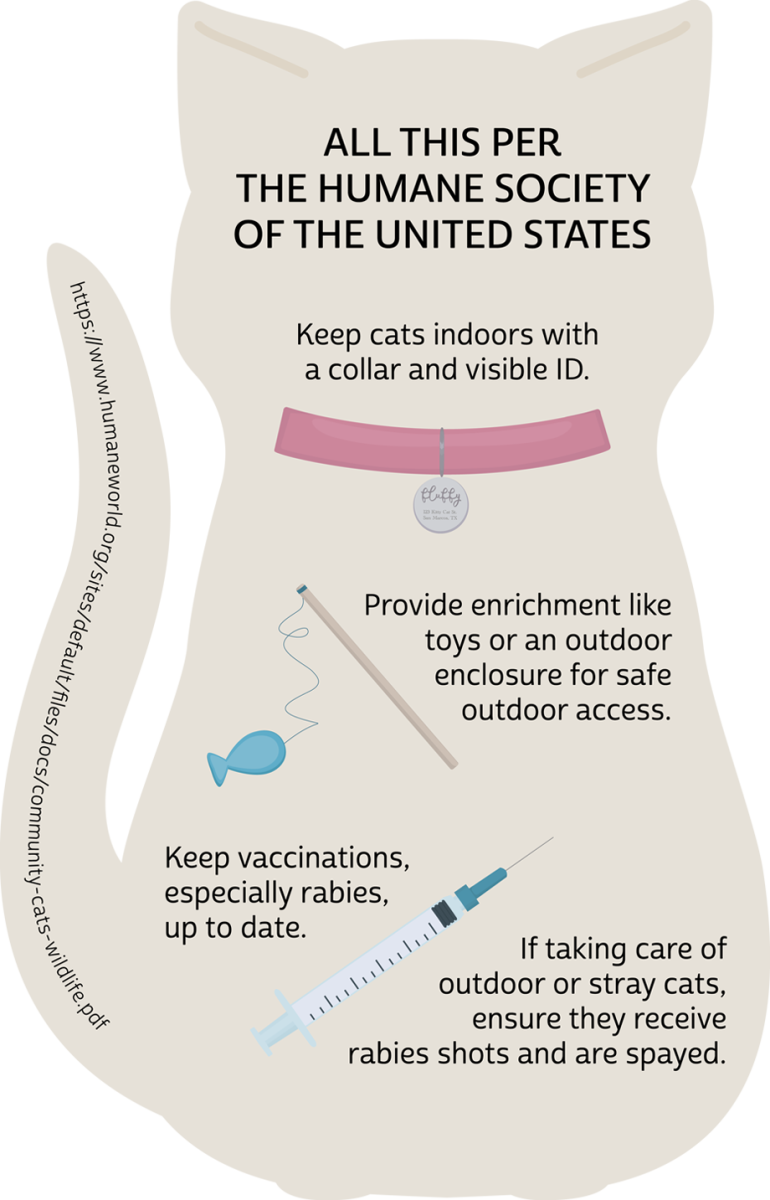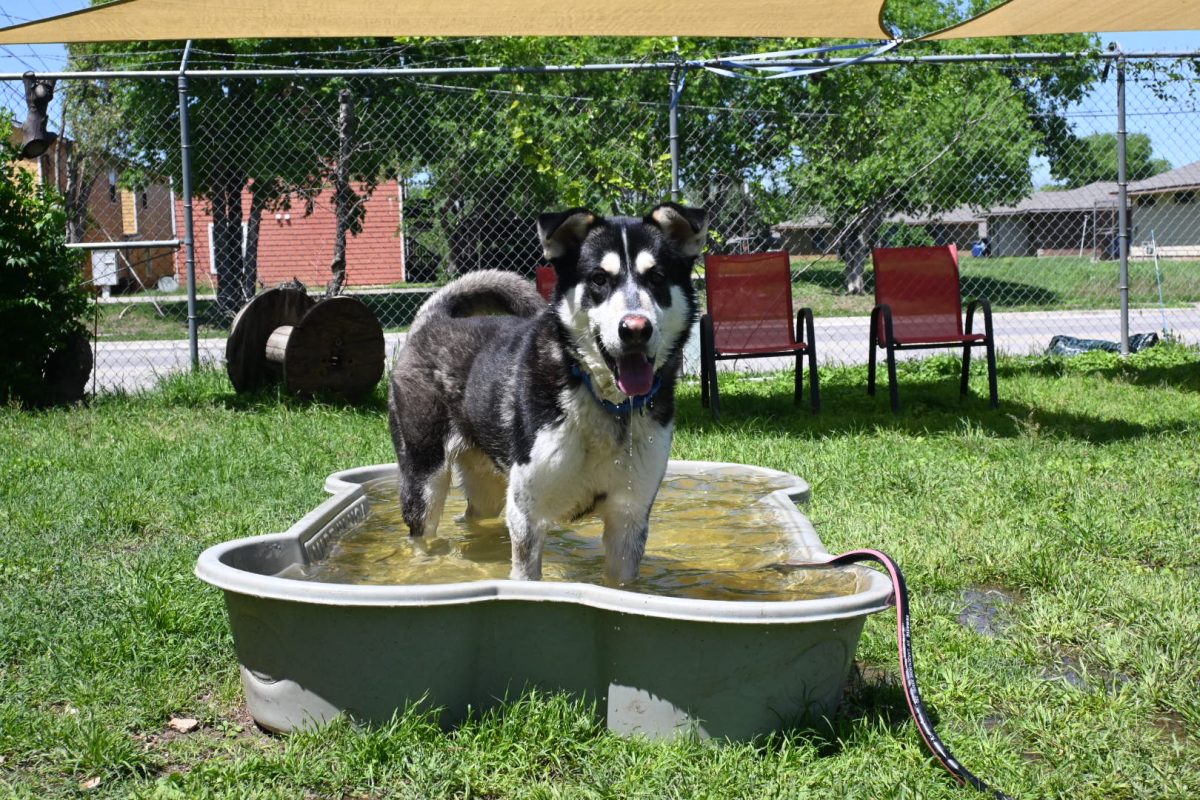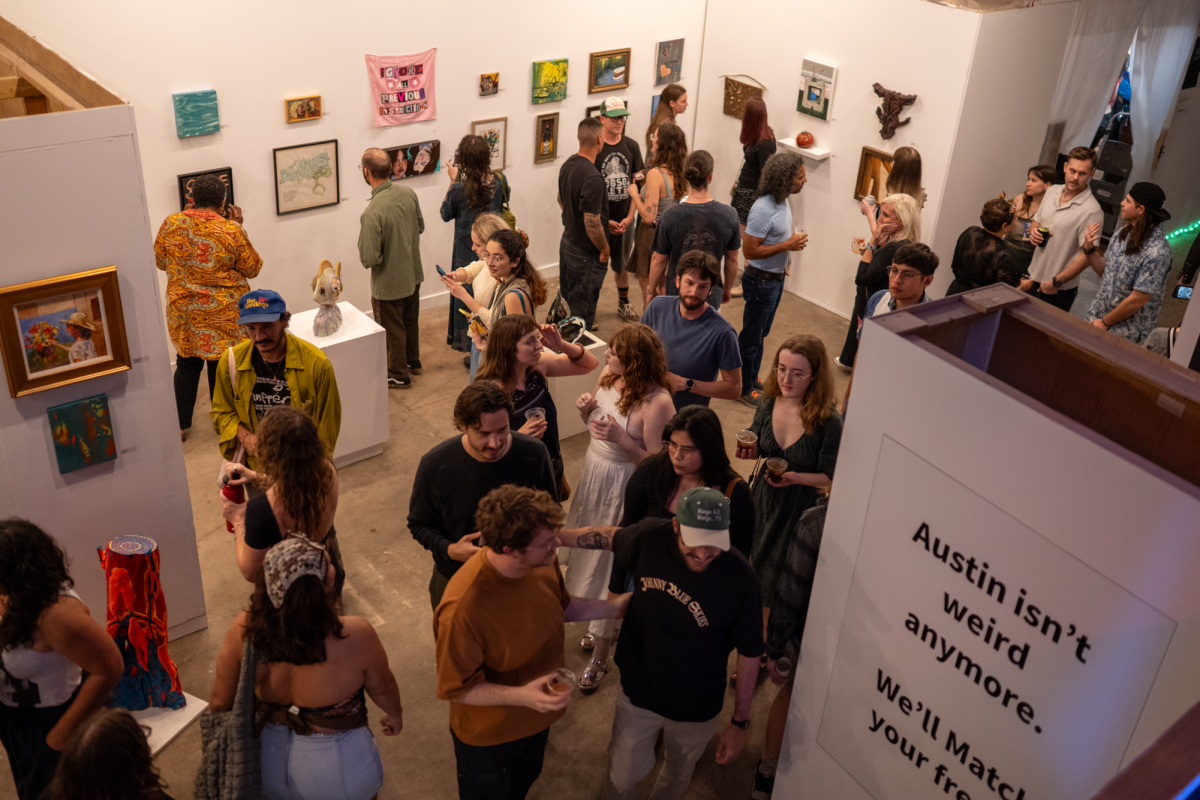The Calaboose African American History Museum hosted the 30th anniversary of the Willie Mae Mitchell Community Opportunity Center on Feb. 15.
As part of its Black History Month celebration, the Calaboose invited Kyev Tatum, pastor of New Mount Rose Missionary Baptist Church, to speak about the Mitchell Center’s history. He started the effort to turn the building into a learning center for the youth in the mid-1990s.
“Whenever you do something, you want it to last long after you’re gone,” Tatum said. “If you stay at it long enough, and you do your best at it long enough, you are guaranteed success.”
History of The Mitchell Center
The Mitchell Center started as an old army barracks Hays County purchased from Camp Swift in 1946. It expanded what was then called the San Marcos Colored School, which was renamed Dunbar School after the poet Paul Lawrence Dunbar in 1961. The school closed in 1964 due to school integration.
In 1971, the property turned into Dunbar Park. A fire in 1986 destroyed the school. The barracks were unharmed and relocated offsite to rebuild the park the following year.
Tatum, then a Texas State University coordinator, discovered the barracks in 1993 during a tour with his Leadership San Marcos class. He wanted to help find a building after the teacher for his church’s after-school program died and he saw the teens’ eyes gazing in the air. When Tatum heard about the building’s history, he knew he wanted to return it to the Dunbar community.
“An epiphany happened, “Tatum said. “I said, ‘That is the center for our children.’”
A few community members who graduated from the school believed in Tatum’s vision and encouraged more people. Tatum received money from the city and a grant to move the building to its current location at 715 Valley St. and renovate it. After six months of renovations, the Mitchell Center opened on Sept. 15, 1995.
“It was unbelievable,” Tatum said. “People from all backgrounds started coming and start investing, and I went to one person who I knew could take it from a rat-infested building and turn it into something beautiful.”
The Mitchell Center expanded by becoming a charter school in 2000 and a Boys & Girls Club the following year. Tatum returned home to Fort Worth in 2004 and left the building to someone else. When the club moved to another building, the Mitchell Center fell out of use until an August 2022 inspection by the city found it to be in disrepair.
Michele Burleson, vice president of the Calaboose, contacted Tatum about the Calaboose’s proposal to obtain the building.
“I had been fighting this cause for the last 15 years with my mother,” Burleson said. “I want this building preserved, and I want it in the community and used for something good, so I started to fight that fight.”
Future of The Mitchell Center
The anniversary comes after the San Marcos city council officially transferred the Mitchell Center to the Calaboose on Dec. 18. The Calaboose plans to transfer some of Dunbar’s history to the Mitchell Center, which will take about 18-24 months. Jo Anne Parsons, president of the Calaboose, said the goal is for the Calaboose Museum to tell the story from a jail perspective while the Mitchell Center tells the story of the community.
“[The moving process is] so perfect because you go [to Cephas House], and then you learn about Ulysses Cephas, and then we have the mural right down the street of Ms. Ollie, and then the Mitchell Center,” Parsons said.
When the Calaboose invited Tatum to speak after receiving the proposal, he felt it was important to tell the story of the Mitchell Center so it would not disappear.
“Museums tell stories, right?” Tatum said. “The more stories you have to tell, the more history you have preserved. These kids from San Marcos need to know this little Black kid from Fort Worth didn’t have nothing, came in and did something with people, because people worked with me.”
